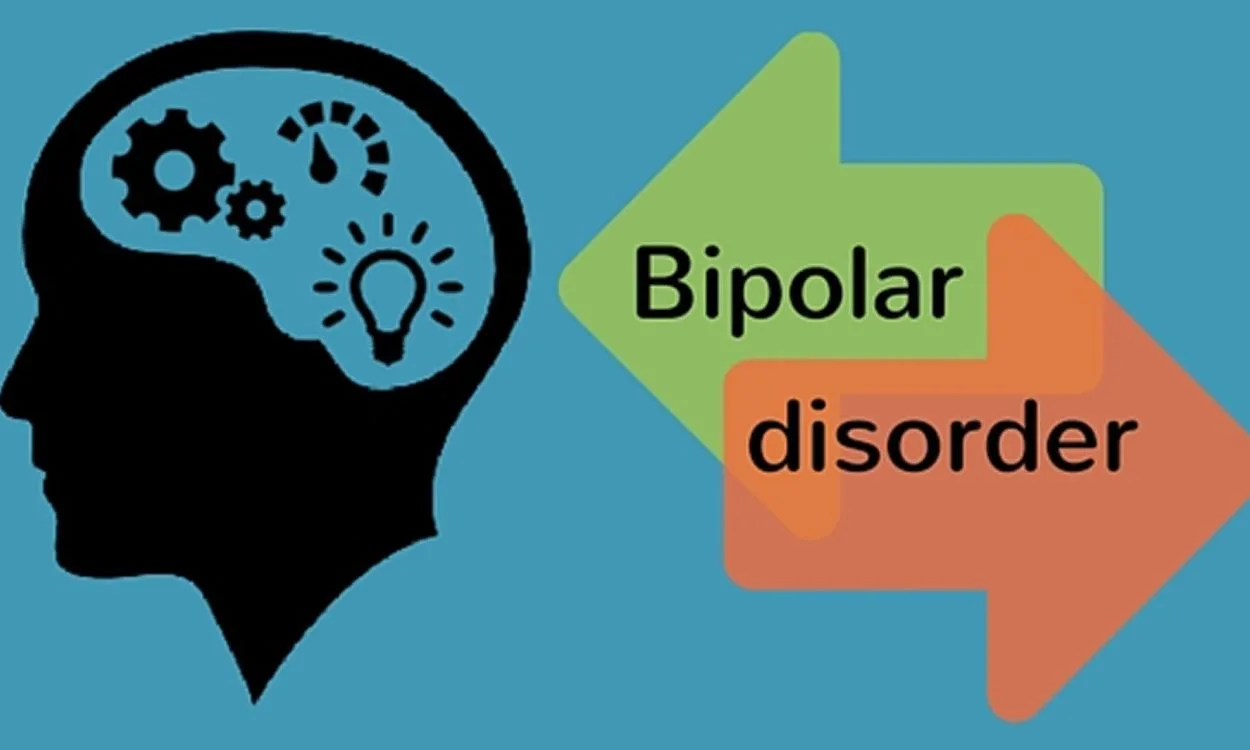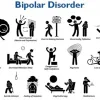What are the different types of bipolar disorder?
Bipolar disorder is a mental health condition characterized by extreme mood swings, ranging from manic episodes to depressive episodes. It affects millions of people around the world, including in India. Understanding the different types of bipolar disorder is crucial for proper diagnosis and treatment. In this article, we will explore the various types of bipolar disorder, their symptoms, and how they can impact a person’s life.
1. Bipolar I Disorder:
- Bipolar I disorder is the most severe form of bipolar disorder.
- Individuals with this type of disorder experience manic episodes that last for at least seven days, or are so severe that immediate hospitalization is required.
- Manic episodes are characterized by elevated mood, increased energy, racing thoughts, and impulsive or reckless behavior.
- Depressive episodes may also occur, lasting for at least two weeks, with symptoms such as sadness, loss of interest, fatigue, and difficulty concentrating.
- The transition from mania to depression can be sudden and unpredictable.
2. Bipolar II Disorder:
- Bipolar II disorder is characterized by recurrent episodes of depression and hypomania.
- Hypomania is a milder form of mania, where symptoms are less severe and do not require hospitalization.
- Individuals with bipolar II disorder may experience periods of elevated mood, increased energy, and heightened creativity.
- Depressive episodes are more frequent and intense, lasting for longer periods compared to hypomanic episodes.
- The cycle of hypomania and depression can significantly impact a person’s daily functioning and quality of life.
3. Cyclothymic Disorder:
- Cyclothymic disorder, also known as cyclothymia, is a milder form of bipolar disorder.
- Individuals with cyclothymic disorder experience chronic fluctuations between hypomanic and depressive symptoms.
- These mood swings are less severe compared to bipolar I and II disorders but can persist for longer periods, lasting for at least two years.
- The symptoms may not meet the criteria for a full-blown manic or depressive episode but can still impact a person’s ability to function effectively.
4. Rapid Cycling Bipolar Disorder:
- Rapid cycling bipolar disorder is characterized by frequent and rapid shifts between manic, hypomanic, or depressive episodes.
- To be classified as rapid cycling, a person must experience at least four mood episodes within a year.
- Rapid cycling bipolar disorder can be more challenging to treat and manage due to the frequent and intense mood swings.
- It can significantly disrupt a person’s daily life, relationships, and overall well-being.
Conclusion:
Understanding the different types of bipolar disorder is essential for early detection, accurate diagnosis, and appropriate treatment. It is important to seek professional help if you or someone you know is experiencing symptoms of bipolar disorder. Treatment may include medication, therapy, lifestyle changes, and support systems to help manage and stabilize mood swings.
Now that we have explored the different types of bipolar disorder, it’s important to prioritize your mental health and seek the support you need. Fitpaa is dedicated to helping individuals achieve their health and fitness goals, including mental well-being. Our app provides personalized fitness plans, virtual workout trainers, and access to nutritionists and doctors who can guide you on your journey to holistic well-being. Download the Fitpaa app today and take a step towards a healthier you. Your well-being is our mission!









